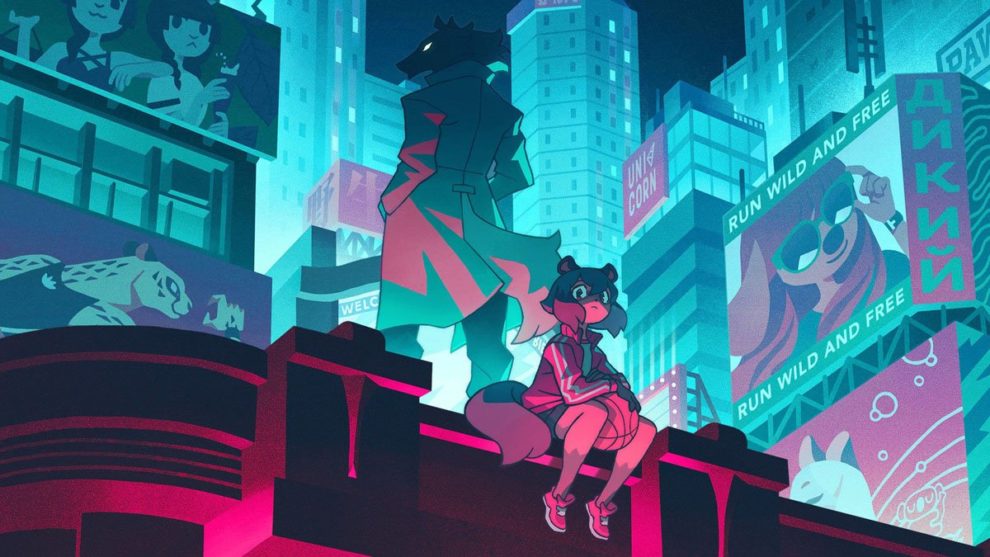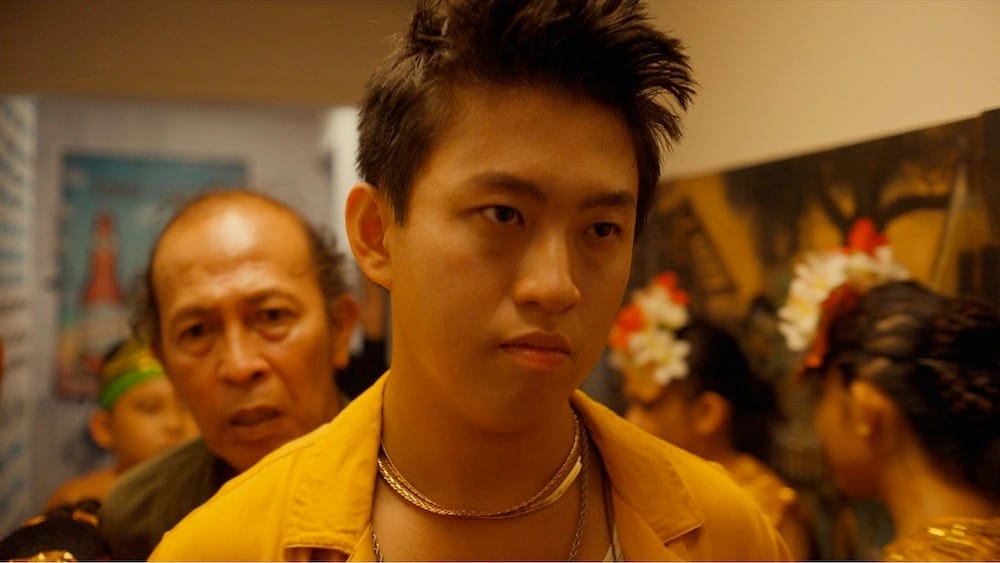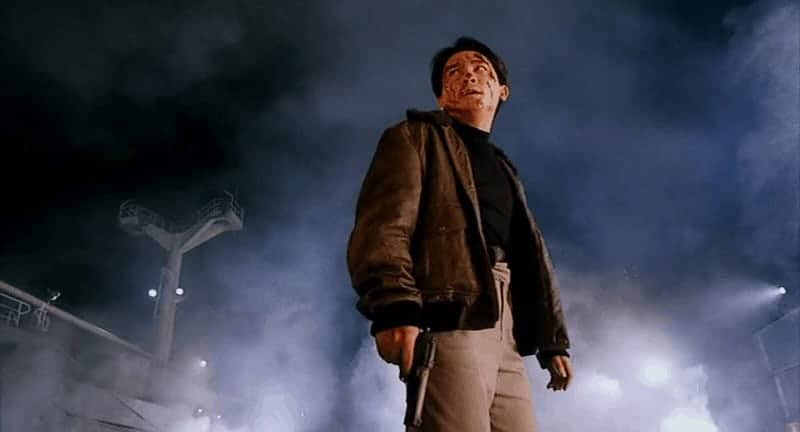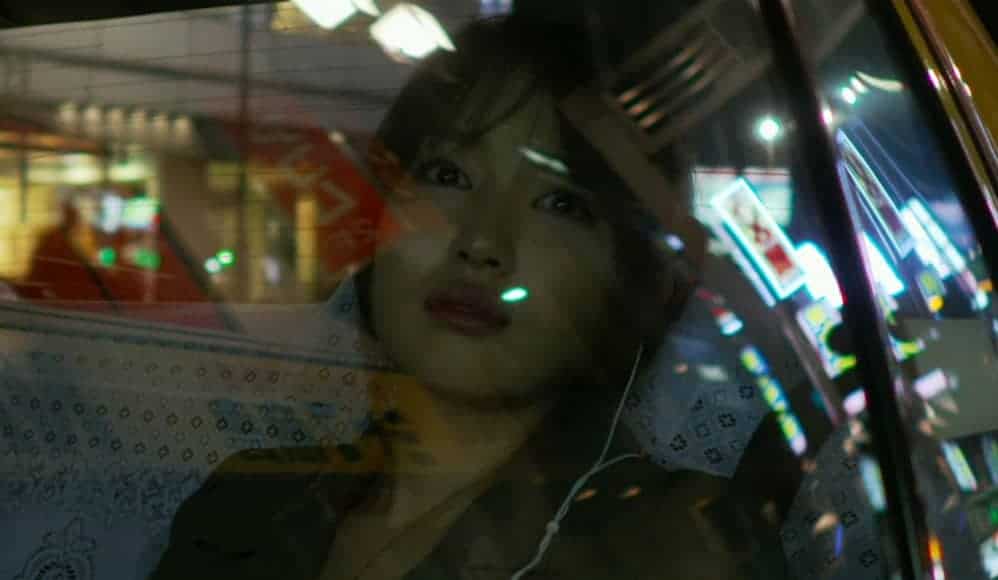A rarity for the anime world, “BNA” is not based on a manga but is actually an original series produced by Studio Trigger. With a style that reminds of Science Saru and with a context that includes an impressive metaphor on refugees, this is one of the best of the year.
Set in a world where humanoid animals (known as beastmen) and humans both co-exist and inhabit Earth, the series centers on Michiru Kagemori, a young teenage girl who one day suddenly starts turning into a tanuki beastman. Running away, she seeks refuge in Anima City, a city built for beastmen to be able to live peacefully as themselves, and ends up meeting a wolf beastman named Shirou Ogami. Together, they investigate how and why Michiru became a beastman, becoming mixed up in even stranger events in the process
The writing by Kazuki Nakashima and the direction by Yoh Yoshinari set the tempo from the beginning, as the frantic action begins from the first frame, just before we are introduced to a setting that can be easily described as a ghetto/refugee camp. In that fashion, the story includes people who attack those who want to go out or even get in Anima city, along with the whole concept of legal country borders. Racism, in the form of misjudging the kind of animal each character is (confusing a mink with a weasel for example is presented in a way that reminds of confusing an Indian with a Pakistani). Organized crime that extends to people trafficking and of course, illegal gambling. A mayor who tries to do everything she can, consequently coming against obstacles presented by the government. Big pharmaceuticals playing a significant role in what is happening in the city. Pop culture, folklore, and a cult that work as population control methods and are quite difficult to fight against, both physically and to their rhetoric. For anyone who has dealt with the refugee issue, these are quite common elements usually associated with the refugee camps around the world.
At the same time, the series also features a coming of age story, mostly deriving around Michiru, which is also enhanced by a subtle romance with Ogami and by the appearance of her childhood friend, Nazuna, which serves as means to analyze the concept of friendship on a rather deep level.
Furthermore, the mystery that surrounds Michiru's situation, Ogami's story and the role of Alan Sylvasta and his company induces the narrative with a noir essence that works quite nicely, while the revelations that begin at episode 8 are quite well-placed, working excellently as a transition to the impressive finale.
Lastly, while the premises of the narrative become more and more dramatic as the story unfolds, Yoshinari retains a sense of playfulness here and there that prevents the title from becoming overly heavy, while the solution of accepting multiculturalism as exhibited in the powers of Michiru provides a rather optimistic note to the anime.
The narrative may be as rich as they come (even if one does not notice the metaphor) but the same level of attention has been given to the action, which is quite brutal on occasion, particularly when Ogami is involved, with the ones during the finale being the most impressive of all, much reminding of the ones in “Wolf's Rain“. The wolf actually emerges as “the coolest of them all” in the beginning, but Yoshinari takes care of toning down this aspect in realistic terms, by occasionally showing an immature and childish side of him.
In general, both the drawing and the design of the characters by Yoshigaki Yuusuke are top-notch, with the characters being quite different from each other, and their animal nature working quite well in that regard. The same applies to the overall animation by Trigger and Takeda Naoki, with the realism of the non-action scenes creating a playful antithesis with the extravagance of the action ones. The way Michiru uses her tail is impressive as it is funny, while the whole technical aspect also boasts a retro essence that works nicely in the visual department.
The sole fault I found in the series is that some episodes (the baseball game for example) and parts inside of episodes that function more like “fillers” than actually adding anything to the story, although this is a rather small part of the whole series.
“BNA” is impressive visually and features one of the richest narratives we have seen lately in anime, which is what brings the title very near the top of the category.















